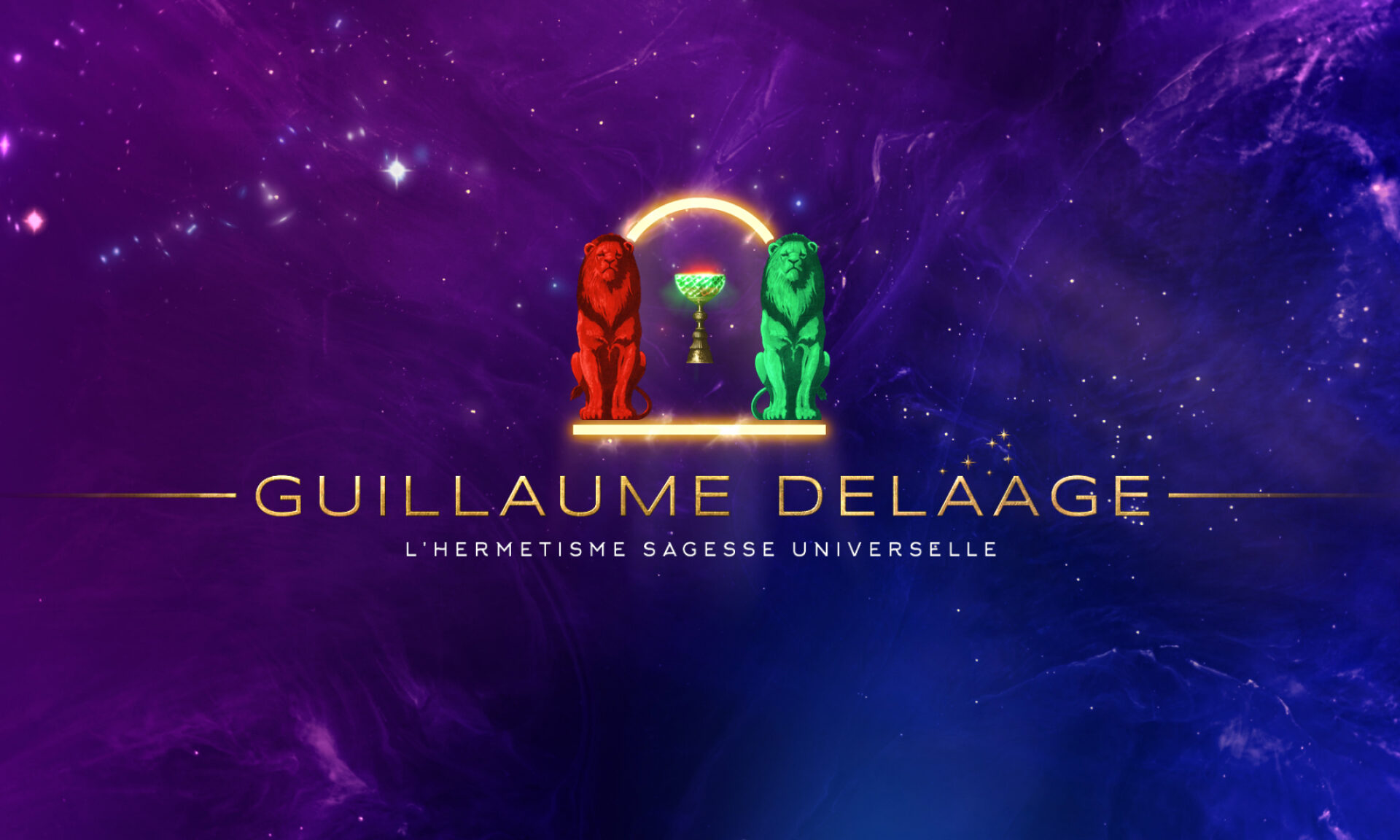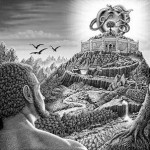12/08/2009
La Grèce, durant des siècles, a été dépositaire de la Tradition Primordiale. Pourtant, à l’époque où Platon écrivit le Timée et le Critias, le véhicule s’orientait vers un autre pays. Toutefois, Platon décrit avec luxe détails la dégénérescence du peuple atlante comme si quelques dernières précisions devaient se transmettre au sujet du continent disparu. En effet, ce n’est que par Platon que nous est parvenu le nom d’ « ATLANTIDE ». Mais nous allons le voir, d’autres écrits en parlent…
La Grèce
Dans la Grèce antique, de nombreux dieux et héros ont été adulés et adorés. Parmi eux figure Hercule, ou Héracklés, qui nous permet, avec ses douze travaux, de suivre une histoire légendaire, un rite initiatique, mais aussi, caché sous des symboles, une vérité géographique, mais aussi un profond mystère concernant le mythe du Jardin des Hespérides dont Hercule fut le héros. Nous aurons l’occasion plus tard de traiter ce sujet dans un autre article.
Nous n’entrerons pas dans des détails qui nous éloigneraient quelque peu de notre sujet, mais qui cependant nous éclaireraient à la fois sur cette quête initiatique hérackléenne, tout en nous permettant de la retrouver dans d’autres conditions chez d’autres peuples nordiques, et ailleurs. La Vérité est une, et les Anciens ne faisaient que l’adapter à leurs coutumes, et à leur mode de vie. Il serait peut-être intéressant de présenter à nos lecteurs ce genre de recherche qui tend à démontrer que tout est concomitant et qu’à travers les textes sacrés, les mythes et les légendes qui circulent dans le monde, la même histoire est retracée, les mêmes personnages sont en place, seul le décor est différent.
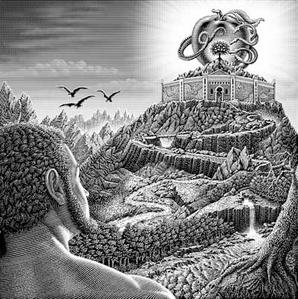
Dans le long écheveau des siècles et des millénaires, l’humanité est passée par des phases de lumière et d’obscurité. Par les archives qui subsistent encore dans les bibliothèques de notre monde, nous pouvons affirmer que dans sa protohistoire, la planète terre avait engendré des hommes qui savaient…
Ce savoir était le bien de tous. Mais les peuples connaissent différentes phases dans leur évolution et rien n’échappe à cette règle dans l’univers. Tout naît, grandit et meurt. Pour que rien ne se perde, les gardiens du savoir ont transmis dans le secret cet héritage millénaire pour ceux qui avaient des oreilles pour entendre.
Afin que nul ne soit privé de ces trésors spirituels et historiques, il y eut les PETITS ET LES GRANDS MYSTÈRES. Ainsi, par les premiers, l’humanité par le biais des religions et des mythes peut adorer ses dieux et comprendre son passé. Pour parler de la Grèce, ce texte ne suffirait certes pas. Héracklés à lui seul, pour son épopée et ses travaux, mériterait de longs chapitres.
L’épisode d’Hercule et du Jardin des Hespérides, jardin des pommes d’or, rejoint par certains côtés l’aventure de Jason et des Argonautes. Nous ne pouvons nous étendre sur ce sujet. Toutefois, il faut mentionner avec la tradition hérackléenne, l’embouchure du Guadalquivir dans le détroit de Gibraltar.
Tartessos
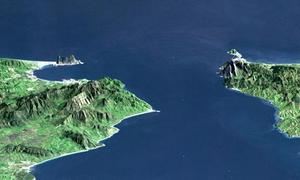 Certaines recherches tendent à démontrer, ces dernières années, que la région de Tartessos et Séville, en Espagne, et les côtes atlantiques du Maroc ont été des comptoirs atlantes. On cite dans la Bible ce peuple de Tarsis comme un peuple de commerçants très réputé dans l’Antiquité.
Certaines recherches tendent à démontrer, ces dernières années, que la région de Tartessos et Séville, en Espagne, et les côtes atlantiques du Maroc ont été des comptoirs atlantes. On cite dans la Bible ce peuple de Tarsis comme un peuple de commerçants très réputé dans l’Antiquité.
Les ressources contenues dans le sous-sol, après examen géologique, contribuent à confirmer la thèse que cette région, située près des colonnes d’Hercule (détroit de Gibraltar), est riche de limon fertile qui aurait été déposé là par des terres aujourd’hui immergées.
N’est-ce pas Diodore de Sicile qui prétendait qu’il existait jadis en Afrique du Nord un très vaste lac que les anciens appelaient le lac Triton et qui disparut à la suite de tremblements de terre qui rompirent les digues du côté de l’océan. L’ancien lac qui entourait Tingis aurait donc été le lac Triton sur les bords duquel était élevé dans une triple enceinte le temple de Poséidon.
Si l’on se penche quelques instants sur le symbolisme hérackléen, nous nous apercevons que les travaux du héros commencent par une tâche rituelle qui est la mise à mort du lion de Némée.
Si l’on suit le cycle de précession des équinoxes, ou Grande année de Platon qui compte 25920 ans, nous nous retrouvons dans l’ère du Lion il y a à peu près 12.000 ans, ce qui correspond à la chute de l’Atlantide. Le lion, la force, le roi des animaux est tué. Louis Charpentier soutient cette hypothèse, fort séduisante au demeurant, en associant l’épopée hérackléenne à l’ère du Cancer.
Suit l’ère des Gémeaux qui, pour Louis Charpentier, voit la formation des deux colonnes du détroit de Gibraltar. Nous en dirons plus à ce sujet en soulignant le fait que l’ère des Gémeaux a marqué une cassure dans l’histoire de l’humanité avec le schisme d’Irshou qui fut à l’origine de la séparation des peuples, la fin de l’empire ramique.
C’est de ce schisme qu’est venue la confusion des langues – la fameuse Tour de Babel dont parle la Bible. Nous voyons donc que l’épopée d’Hercule contient plusieurs niveaux d’interprétations, et sa quête vers le Jardin des Hespérides est son voyage vers la terre mère : l’Atlantide, mais c’est aussi la quête intérieure, ce que les Chevaliers de la Table Ronde nommaient la Quête du Graal.
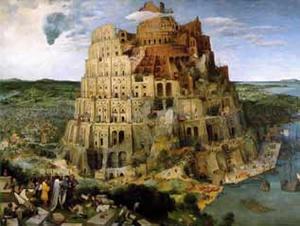
Pour en terminer avec l’épopée hérackléenne, nous citerons ce passage curieux extrait de l’ouvrage érudit du Colonel Braghnine L’énigme de l’Atlantide dans lequel il dit :
Il s’agit d’une très ancienne peinture découverte au siècle dernier qui se trouvait sur les murs d’un très ancien mausolée. Elle représente la Constellation du Cancer au moment du solstice d’été. Sous le signe du Cancer, on voit Hercule séparant d’un mouvement de ses bras puissants, les rochers qui fermaient l’isthme. Près du Mont Calpe, du côté de l’Europe, on représente un coq et un lapin pour figurer l’Espagne et, près du Mont Abyla, un ibis et un scorpion pour caractériser le Maroc.
Comment ce peintre tenait-il cette précision que l’ouverture de l’isthme s’est produite sous l’ère du Cancer? Laissons maintenant Hercule pour retrouver d’autres personnages de la mythologie grecque. Dans cette tradition, on parle de deux déluges, celui d’Ogyges (auquel Plutarque a consacré 14 volumes) le plus ancien, et celui de Deucalion, fils de Prométhée. C’est de celui-ci que nous allons maintenant parler.
Deucalion, fils de Prométhée
C’est en évoquant le Détroit des Dardanelles que l’on peut retrouver en Grèce les traces de ce déluge. Pour ces événements géophysiques, deux noms se présentent : Deucalion, fils de Prométhée, et Horoneus, qui passait pour avoir été le père de l’humanité. Voyant que certains événements graves allaient se produire, Prométhée dit à son fils de construire une grande arche et de s’y installer.
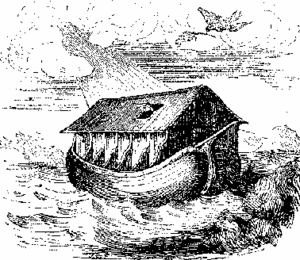 Ce parallélisme entre les récits du Déluge en Mésopotamie avec Utnapishtim et Deucalion en Grèce est assez surprenant. Du reste, Deucalion n’atterrit-il pas sur le Parnasse ? Ce fut Zeus lui-même qui l’accueillit, et à partir de là, une nouvelle humanité reprit.
Ce parallélisme entre les récits du Déluge en Mésopotamie avec Utnapishtim et Deucalion en Grèce est assez surprenant. Du reste, Deucalion n’atterrit-il pas sur le Parnasse ? Ce fut Zeus lui-même qui l’accueillit, et à partir de là, une nouvelle humanité reprit.
Nous pourrions ainsi, à la lumière de la mythologie grecque, examiner encore de nombreux points relatifs au Déluge, avec la montée de certaines nations. Mais il nous faut toujours rester circonspects car les traditions du monde entier parlent de plusieurs déluges, et certains même postérieurs à celui qui engloutit l’Atlantide.
Les prêtres de l’Antiquité ont toujours su qu’il y eut un grand Déluge au début de l’apparition de l’homme sur la terre, mais c’est là une autre histoire.
Dans le prochain exposé, nous reviendrons à ces vastes terres qui se trouvaient jadis en plein cœur de l’Océan Atlantique. Pour cela, il nous faudra considérer d’autres légendes, d’autres mythes moins connus que ceux dont il vient d’être question au fil de ces pages.
Lire la suite en cliquant sur le lien de l’article ci-dessous :
Atlantide 4 – De l’Espagne à l’Amérique du Sud
